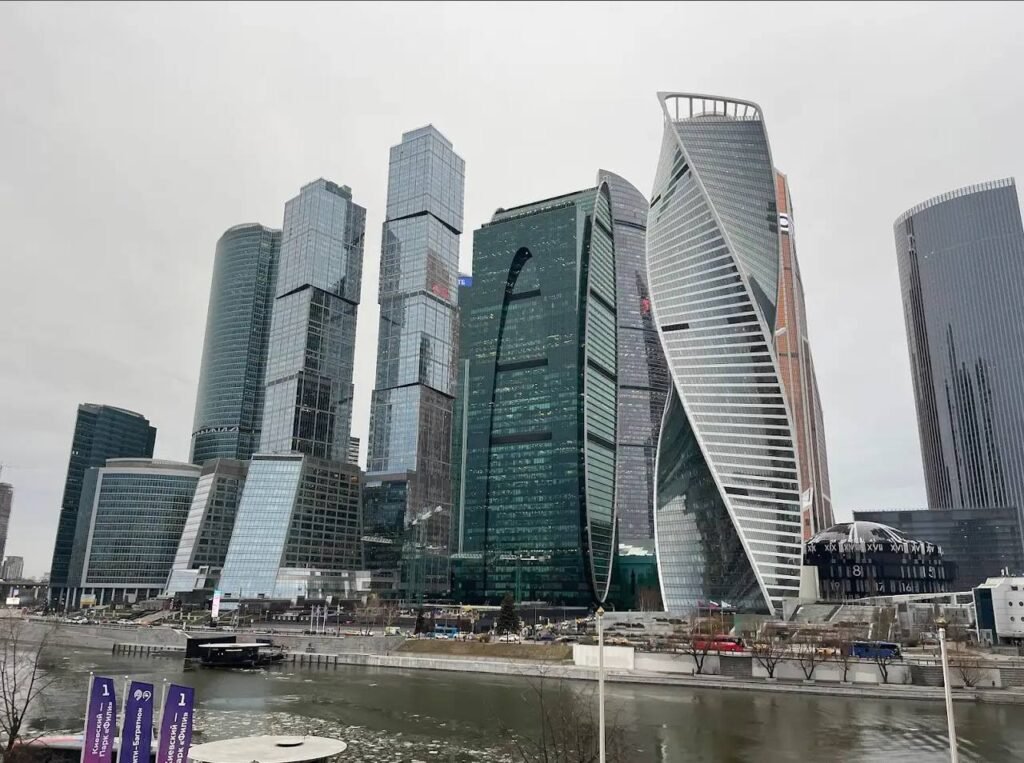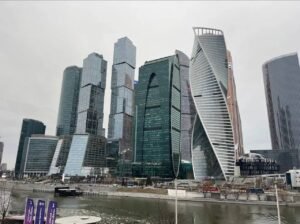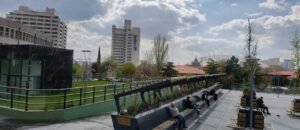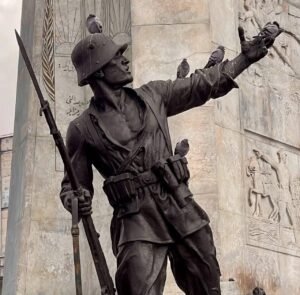Description
Discovering the Heart of Ankara: A Journey Through Ulus Square
Nestled in the historical center of Turkey’s capital, Ulus Square stands as a powerful symbol of Ankara’s evolution—from a modest Anatolian town to a modern republic's administrative heart. For travelers seeking to explore the soul of Ankara, Ulus Square (Ulus Meydanı) offers a captivating blend of history, culture, and everyday Turkish life.
A Historic Crossroads
Ulus, which means “nation” in Turkish, is more than just a central square—it’s a gateway to Turkey's transformation. The area around Ulus has played a key role in Ankara’s urban and political development, especially during the early years of the Turkish Republic.
Once part of the ancient Phrygian and Roman settlements, the Ulus district is where you can trace Ankara’s roots back to antiquity. Roman columns, ancient ruins, and Ottoman architecture can all be found within walking distance of the square. But the true significance of Ulus emerged in the early 20th century when Mustafa Kemal Atatürk, the founder of modern Turkey, chose Ankara as the capital of the newly formed republic.
Ulus became the administrative center of the fledgling state. Ministries, banks, and cultural institutions were built in and around the square. To this day, it retains a unique character shaped by this pivotal historical period.
The Republic Monument
At the heart of Ulus Square stands the Statue of Atatürk—also known as the Monument of the Republic (Cumhuriyet Anıtı). Designed by Austrian sculptor Heinrich Krippel and unveiled in 1927, the monument is one of the earliest representations of Atatürk and remains a focal point of national pride. The bronze statue depicts Atatürk on horseback, dressed in military uniform, symbolizing leadership, modernity, and national unity.
Tourists and locals alike often gather around the monument, especially during national holidays and commemorative events. It’s a prime photo opportunity and a poignant reminder of the sacrifices made to build the modern Turkish state.
Exploring the Surroundings
From Ulus Square, a short walk in any direction leads to remarkable historic and cultural treasures:
- The Ankara Castle (Ankara Kalesi): Perched on a hill overlooking Ulus, this ancient fortress offers panoramic views of the city. The climb through narrow cobbled streets lined with craft shops and traditional Turkish houses is as rewarding as the view itself.
- Roman Baths: Just east of Ulus, the ruins of the Roman Baths of Ankara give visitors a glimpse into life during the Roman Empire. Built in the 3rd century AD, the site includes remnants of caldarium (hot baths), tepidarium (warm rooms), and frigidarium (cold baths).
- Museum of Anatolian Civilizations: Arguably one of Turkey’s finest museums, it’s located on the southern slope of the Ankara Castle. The museum houses artifacts from prehistoric Anatolia, Hittites, Phrygians, Urartians, and more. It’s a must-see for history enthusiasts.
- Ethnography Museum of Ankara: Another cultural gem near Ulus, this museum offers insights into Turkish culture, traditions, and daily life from Ottoman and early Republican periods.
- 1st Grand National Assembly Building: This historic building, now a museum, served as the first home of the Turkish Parliament. It’s a powerful place to witness the early days of Turkish democracy.
Modern-Day Ulus: A Blend of Old and New
While Ulus is steeped in history, it remains a lively urban hub. Bustling streets are lined with shops, local markets, banks, and eateries. The area has a working-class feel, with authentic street food stalls, tea gardens (çay bahçeleri), and artisans selling handmade goods.
The Hacı Bayram Veli Mosque, located near the square, is a beautifully restored Ottoman-era mosque. Adjacent to it is the Temple of Augustus, a Roman monument with inscriptions that document the deeds of Emperor Augustus—a fascinating juxtaposition of two vastly different eras in a single site.
Ulus also serves as a transportation node, with easy access to public buses, taxis, and metro lines. For travelers using Ankara as a base to explore central Anatolia, Ulus is an ideal place to stay or visit frequently.
Local Markets and Authentic Flavors
For those interested in local cuisine and shopping, Ulus Hali—a traditional market located just off the main square—is the place to be. Here, you can find spices, Turkish delight, cheeses, nuts, olives, and fresh produce. It’s a feast for the senses and a great place to interact with locals.
Street vendors sell simit (sesame-crusted bread rings), döner kebabs, and midye dolma (stuffed mussels), offering authentic flavors at affordable prices. Traditional lokantas (family-run restaurants) serve hearty Turkish meals, often accompanied by warm hospitality and strong tea.
Why Visit Ulus Square?
Ulus Square is more than a tourist attraction—it’s a living museum, a monument to Turkish identity, and a place where Ankara’s layered history comes alive. Whether you're a history buff, cultural explorer, or simply a traveler looking to see the “real” Ankara, Ulus offers something compelling.
Its unpretentious charm, combined with easy access to major landmarks, makes Ulus an essential stop in any Ankara itinerary. Visitors leave with a deeper understanding of the nation’s roots and a richer appreciation for the people who shaped modern Turkey.
Travel Tips for Visiting Ulus Square:
- Wear comfortable shoes—many attractions are within walking distance but involve cobbled streets and hills.
- Morning visits are ideal for avoiding crowds, especially at the museums and castle.
- Don’t miss the view from the Ankara Castle at sunset—perfect for photographers.
- Learn a few Turkish phrases to enhance your experience; locals appreciate the effort.
Conclusion
Ulus Square is not just the geographic heart of Ankara—it’s the beating heart of Turkey’s journey from empire to republic. A visit here is a walk through time, a cultural immersion, and a tribute to the enduring spirit of the Turkish people. Whether it’s your first time in Turkey or part of a deeper exploration of Anatolia, Ulus will leave a lasting impression.
Location
-
Hacı Bayram, Anafartalar Cd, 06050 Altındağ/Ankara





